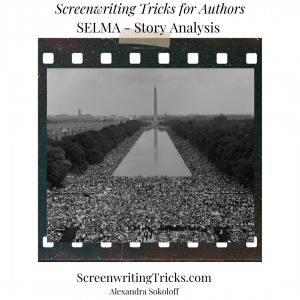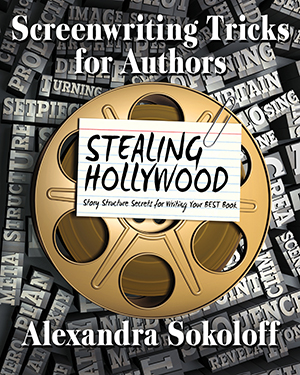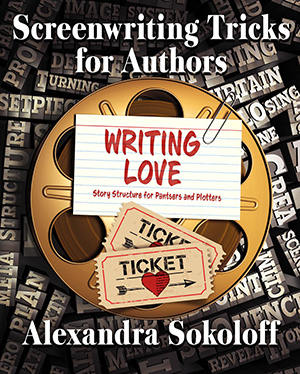This month, why not celebrate Martin Luther King Jr. and work on your storytelling craft—by watching Selma?

We’ve started talking about using Story Patterns (What KIND of Story is It?). In Selma, the filmmakers have chosen the structural form of a War Story and ingeniously use storytelling conventions of great war movies to keep the stakes high and emotional tensions fraught, while avoiding the usual pitfalls of biopics.
And it’s one of the best examples I know of the powerhouse storytelling technique of building FORCES OF ANTAGONISM.
The film has a wildly ambitious goal: to depict the monolith of U.S. racism; to educate its audience about King, a key civil rights battle, and the history of voter suppression in America; to break the history down into understandable segments to change the hearts and minds of its audience; and to prompt present-day action by awakening both rage and inspiration.
Director Ava DuVernay brings not just her brilliance but some serious documentary chops to this movie. Her films 13th and When They See Us are also must-sees, especially in a time of concerted assault on the full truth of US history. Selma is a textbook both on how to tell a great story—and how to change the world.
Screenwriter Paul Webb was inspired to write the script from talks with Dick Goodwin, a speechwriter for President Lyndon Johnson (and husband of Pulitzer Prize-winning historian Doris Kearns Goodwin).
When I break down movies, I do it sequence by sequence. And the reason I teach this way when I teach is that once you GET this kind of story analysis, then every single time you watch a movie or TV show, you are working on your craft. If you work your way through a couple of movies like this, you will have these tools for life.




